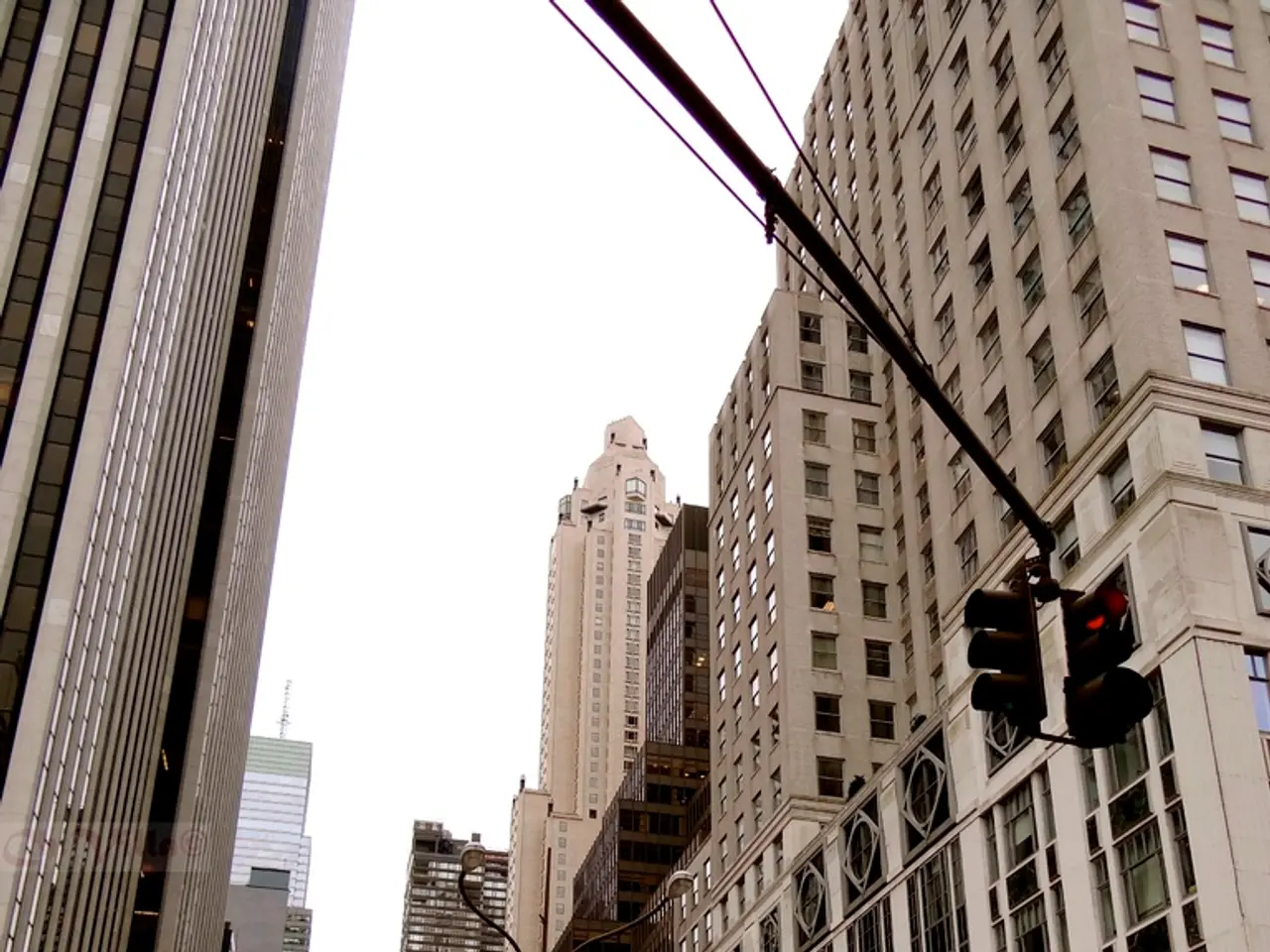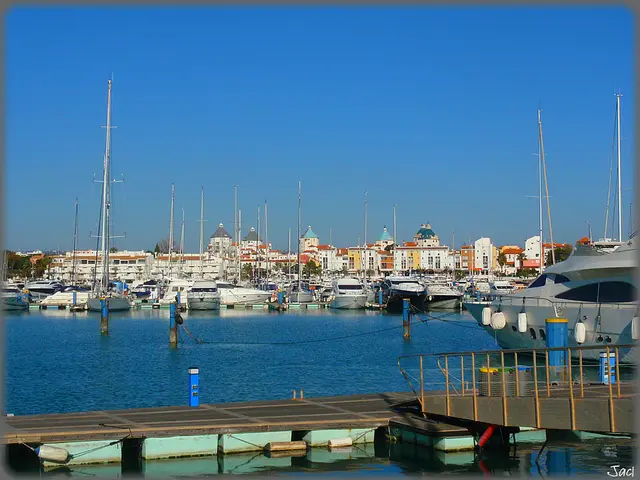Upgrading the obsolete equipment at the Minnesota air traffic control tower, as declared by Duffy: "The best for America is on its way"
In a significant move towards enhancing air travel safety, U.S. Transportation Secretary Sean Duffy has unveiled plans to overhaul the aging U.S. air traffic control (ATC) system. The proposed changes aim to upgrade outdated radar and telecommunications systems, air traffic control towers, increase staffing, and adopt new incentives for controller retention.
Duffy's plan includes the construction of the first new en route air traffic center since the 1960s and the appointment of a private company to aid in the modernization effort. This modernization is expected to create a state-of-the-art system to replace outdated technology and reduce safety risks.
The One Big Beautiful Bill Act, recently passed, provides an initial $12.5 billion in funding dedicated to much-needed upgrades to FAA facilities and equipment. This funding will cover new radar, communications, and facilities improvements, enabling initial steps towards the long-term overhaul.
Duffy stated that the rollout of a new air traffic control system could take three to four years to complete. He emphasized that safety would not be compromised during the implementation of the new system.
The air traffic control tower at Duluth International Airport, built in the 1950s, is among the oldest operational towers in the nation. Last month, the Duluth Airport Authority announced a $10 million funding allocation for the replacement of the air traffic control tower, funded by the One Big Beautiful Bill Act.
Rep. Pete Stauber, R-Minn., acknowledged Duffy's visit to the Duluth International Airport and the need for a new air traffic control tower. However, no new facts about the specific upgrades for the Minnesota air traffic control tower were mentioned in this visit.
Sean Duffy, born and raised about 75 miles away in Hayward, Wisconsin, took the opportunity to showcase antiquated equipment inside the Minnesota air traffic control tower during his tour. He emphasized that the Federal Aviation Administration has yet to update its antiquated air traffic control system due to the difficulties in switching to something new.
Duffy mentioned that the complication of maintaining airplane safety while building the new system around the old one can be very complicated. Despite these challenges, he pledged upgrades for the Minnesota air traffic control tower as part of the One Big Beautiful Bill Act's funding.
It's important to note that a recent Delta flight was diverted to Minneapolis after severe turbulence, leaving 25 people hospitalized. However, this event is not directly related to the air traffic control tower tour.
The modernization of the ATC system is a crucial step towards preventing near-miss incidents and improving overall air travel safety. The One Big Beautiful Bill Act's funding marks a major federal investment in modernization, partially shifting financing from aviation users to general federal revenues. Some stakeholders advocate for additional funding to fully realize the new ATC system.
The modernization plan and the One Big Beautiful Bill Act are significant steps towards ensuring the safety and efficiency of the U.S. air travel system. As the rollout begins, travellers can look forward to a safer and more reliable air travel experience.
- The One Big Beautiful Bill Act has committed initial funding of $12.5 billion for investment in the modernization of the U.S. Air Traffic Control (ATC) system, including upgrades for radar, communications, and facilities.
- Sean Duffy's plan for the ATC system overhaul includes the construction of a new en route air traffic center, the appointment of a private company to aid in modernization, and funding for new air traffic control towers, such as the one at Duluth International Airport.
- The modernization of the ATC system, supported by funding from the One Big Beautiful Bill Act, is expected to foster a significant shift in finance, partially transferring resources from aviation users to general federal revenues, ultimately benefiting the aerospace and transportation industries.








